#women in antiquity
Text
The statistics on Roman childbirth and infant mortality go a long, long way toward explaining the subjugation of women in the ancient world:
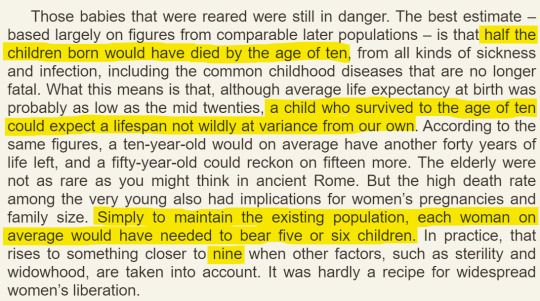
It's really, really hard to form your own career or be politically active while raising nine kids. (Don't expect your husband to do much; 10-25% of Roman men were in the legions at any given time.) Even more so if, like most Roman women, you were married off at 14-19 to a guy in his mid-20s or older. Even if you had slaves, it would've been exhausting - and enslaved women would've had to have all those kids, too. 2% of all women died in childbirth.
For comparison, the replacement rate in most developed countries today is only 2.1 kids per woman, and 3.5 in countries with the highest child mortality rates. You can thank incredible advances in medicine, epidemiology, sanitation, and overall lower incidence of war and famine for that. Science, technology, and the Long Peace helped make women's liberation feasible.
Roman women did have more rights than in some places, though. They could own property and conduct business in their own name after their fathers died; they could make a will or inherit property; they attended most public events, dinners and games along with men; and although husbands technically had the right to kill wives who were adulterous, there are no attested cases of this ever happening in practice. Adultery was really common, actually. Some girls attended school alongside boys. A wife was often the highest-ranking member of a household while her husband was at war and before her sons had come of age.
Upper-class women like Livia (wife of Augustus), Junia Tertia (wife of Cassius), Hortensia (daughter of Hortensius the orator), Clodia Metelli, Fulvia, Aurelia (mother of Caesar), Servilia (mother of Marcus Brutus) and Sempronia (mother of Decimus Brutus) were politically active, usually behind the scenes. Livia, Junia Tertia and Terentia (wife of Cicero) also had major business dealings in their own right.
I did say upper-class women, mind. Those are the ones who would have had the time and family connections to power in order to get involved.
(Mary Beard, SPQR, chapter 8)
#jlrrt reads#mary beard#spqr book#roman women#ancient rome#women in antiquity#child death mention#jlrrt essays
61 notes
·
View notes
Note
https://vm.tiktok.com/ZMF3Gy5pj/
I think that's a misinformation video about women in Sparta. During marriage i believe they shaved their heads so that they were associated to male soldiers, unlike most women in Ancient Greece who styled their longer hair to appeal more to the beauty standards of that time, like depictions of Aphrodite.
So i don't think it had anything to do with sexuality, especially since back then they didn't have a word for that. It's was just a tradition they had that differed from the rest.
Man this is so stupid and it’s crazy how much it has spread once again. I did some research on it and I found that the source is “cracked.com” and it is based on a book where the author (called Dover or something) simply said that this idea “was worth pondering”. And now of course most everyone sucks it up like crazy.
I like how nobody has even a moment’s doubt that this suggests that apparently not a single man in Sparta has ever been anything other than gay or that apparently not a single woman in Sparta has ever been desired (unless it’s another girl I assume hehehe) and apparently men could close their eyes in front of boobs and vulva but they drew the line at long hair on a woman’s scalp. I mean, okay, I understand westerners are fascinated by the different views on romantic and sexual relationships in classical antiquity but they have blown this shit out of proportion to a ridiculous degree.
I like how they say women shaved their heads so that their husbands would feel like they were sleeping with men but it escapes them that:
Spartan men had long flowing hair or braids so women shaving their heads for their gay husbands kinda defeated the purpose


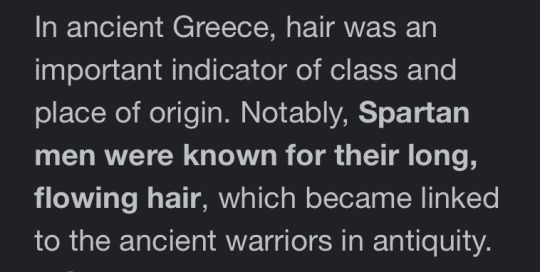

Lol
Spartan maidens and unmarried women had long hair and dressed lightly, almost provocatively in order to entice a suitor. Therefore they did not try to hide their femininity when actively looking for a husband. They also married at an older age (19) than women in other places in Greece, therefore they might as well have had more matured feminine figures in their early marriage than the average.
As to why they shaved their heads during the wedding and kept it short afterwards, I do not know and there is obviously no conclusive scientific answer to this but I can think of alternatives that are a little more realistic given Sparta’s peculiarities than this western sex obsession suggests.
There is one symbolism that is very widespread when a woman cuts her hair in old cultures, and it has survived until recently; that of a woman grieving. Of denying her female beauty and refusing the joys of youth and love. In Sparta, cutting off the hair might have symbolised that the rosy carefree era was over for the woman. It was time to leave her own family behind and dedicate herself to giving birth to strong boys (and get rid of the weaker ones) and making them even stronger, more hardened and very disciplined until it was time to start their military training in the ripe age of 7. Happy tender motherhood wasn’t what was expected from Spartan women. We know that Ancient Spartans interpreted childbirth and motherhood as the war destined for women. Women dying in childbirth were honoured as men fallen in battle. Therefore cutting the hair probably meant that the woman had transcended into a new state, a serious, solemn and grave one, with no room for frivolous vanities and other “womanly concerns”. Is this what you also meant by saying “they were associated with soldiers after marriage”? Of course on a more superficial level it could also be a sign that the woman was married, therefore she shouldn’t be courted by another man.
Anyway, I am no historian but I think my (our) theory is better than that nobody in Sparta could get it up at the sight of long hair (on a woman).
#Greece#Ancient Greece#Sparta#history#greek history#Laconia#lacedaemona#greek facts#anon#mail#opinion#women in antiquity
86 notes
·
View notes
Text
currently reading... oooooh I'm excited I'm 3 pages in & already obsessed 😄
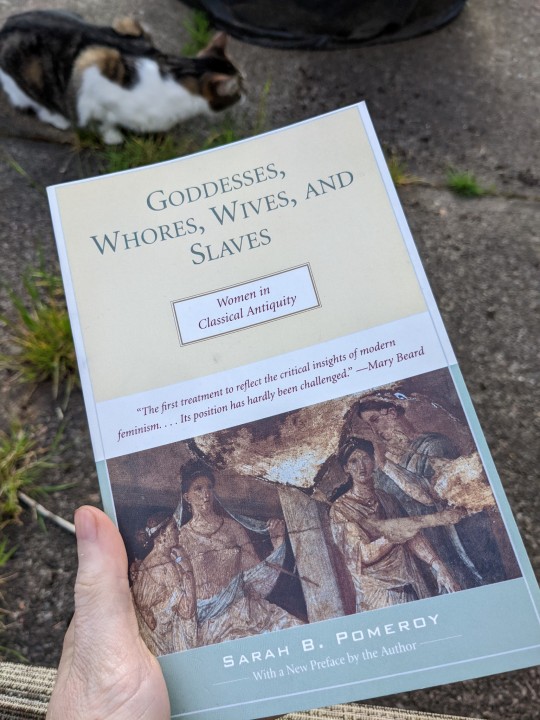
36 notes
·
View notes
Text
#Classics#women in antiquity#women in Greek epic#ancient Greek women#motherhood in ancient Greece#ancient women
5 notes
·
View notes
Text

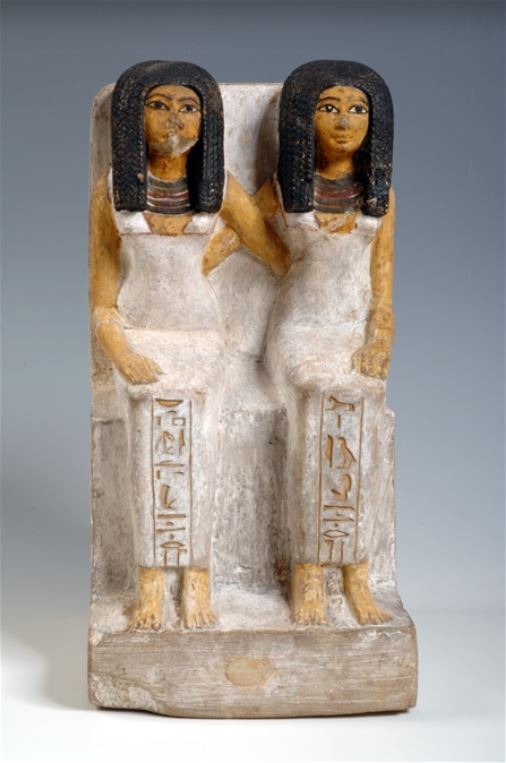
Statue of Idet and Ruiu (1480–1390 BC)
The two women are depicted in a form typical to married couples. Idet is given priority by the artist who placed her on the right, and is given the title "Lady of the House".
#art#art history#lesbian#lesbian art#wlw#women#sculpture#limestone#fine art#ancient egypt#antiquity#female homosexuality
2K notes
·
View notes
Text
Vintage Ladies and Their Cats

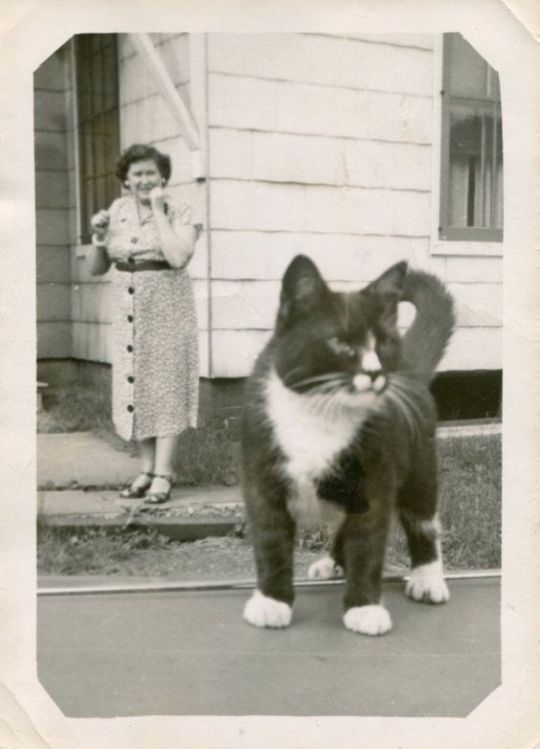






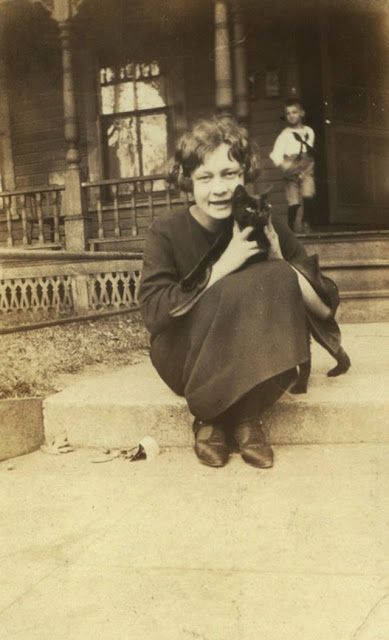
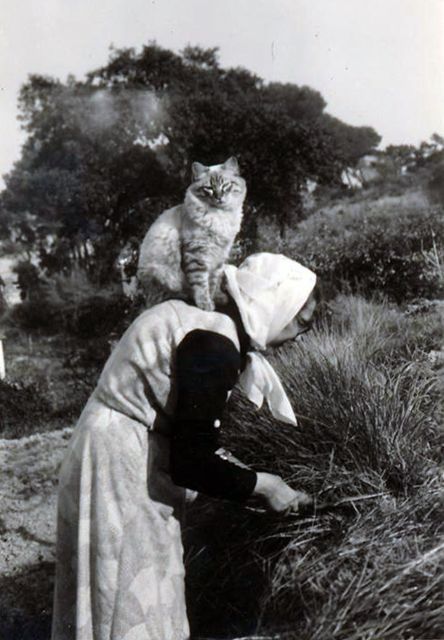
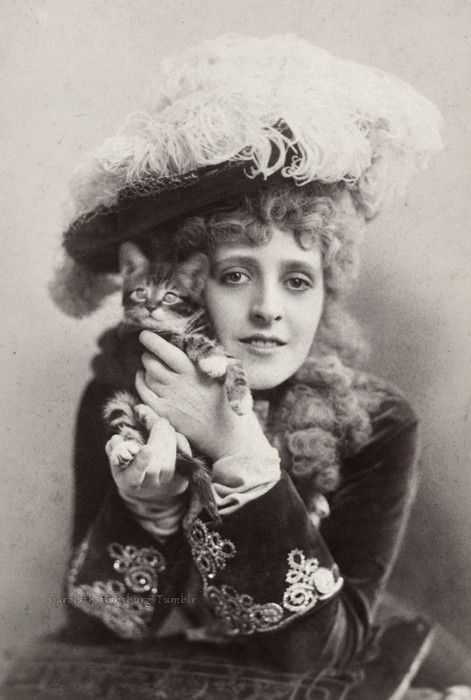
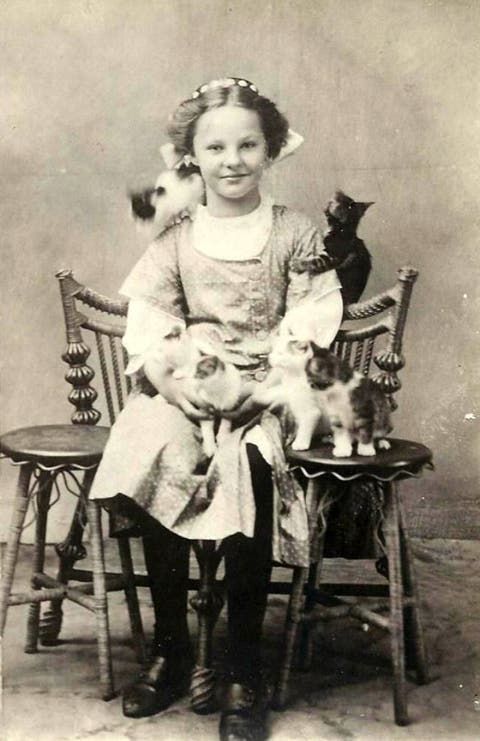



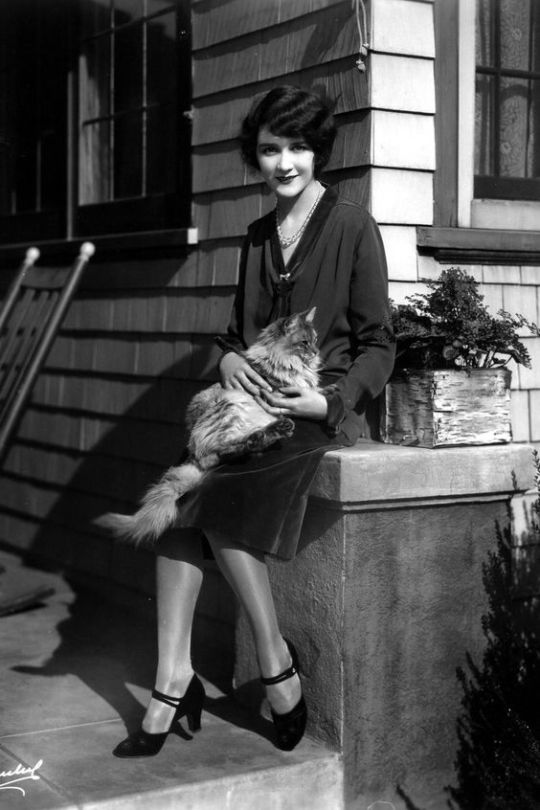

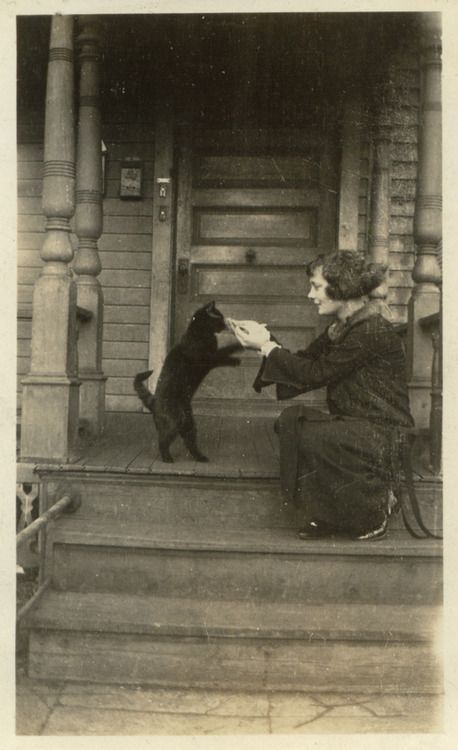










#cats#antique photo#vintage photo#antique photography#vintage photography#love cats#kitties#portraits#women#cute cats#funny cats#how can you not love cats
452 notes
·
View notes
Text

oh, to be a ghost roaming those halls… || IG
#dark academia#antique aesthetic#40s does late baroque#black dark academia#vintage aesthetic#poc dark academia#1940s style#antique academia#vampirecore#vampire academia#baroque aesthetic#baroque academia#black women in luxury#black people in period clothing#mignonne#2023#red
738 notes
·
View notes
Text
Two in one...

Transformable tiara with lily motif belonged to the Leuchtenberg family, descendants of Empress Josephine, c. 1830. The large hexagonal emerald solitaire can be worn as a brooch.
#Tiara#diamond tiara#antiquejewelry#vintageandantiquejewelryonline#vintage jewelry#1830s#Leuchtenberg#emerald#diamond#brooch#jewelry for women#antique
373 notes
·
View notes
Text

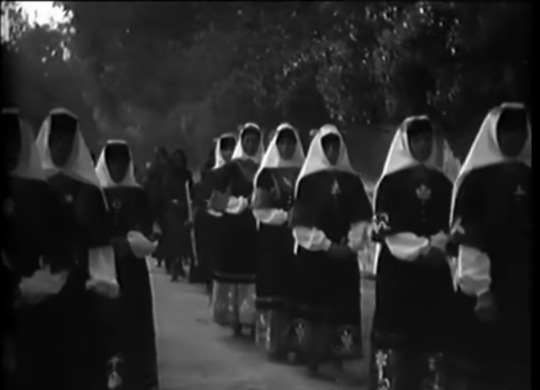




traditional procession, northern Italy, circa 1931
#antiquities#coquette#dark academia#daughters of cain#ethel cain#forest core#italy#girlhood#morute#nature core#nicole dollanganger#vintage#old stuff#chaotic academia#traditional femininity#religion#catholic#catholic core#somewhere in northern italy#southern gothic#padanian gothic#southern gothic aesthetic#women#womanhood#dark femininity#dark feminine aesthetic#ultraviolence#female hysteria#hell is a teenage girl#dark coquette
115 notes
·
View notes
Text
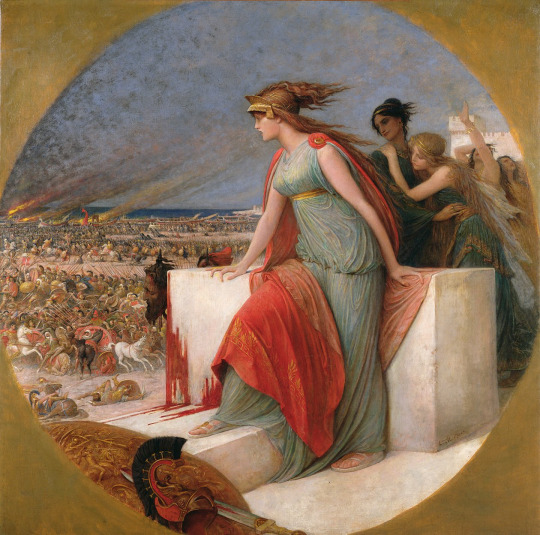
Battle Scene by Lionel Royer
#lionel noël royer#lionel royer#art#battle#ancient#antiquity#classical#classical antiquity#neoclassical#neoclassicism#ancient world#europe#european#war#history#cavalry#soldiers#ancient greece#ancient greek#ancient rome#ancient roman#goddess#noblewoman#women#woman#fortress#battlefield#ships#horses
136 notes
·
View notes
Text
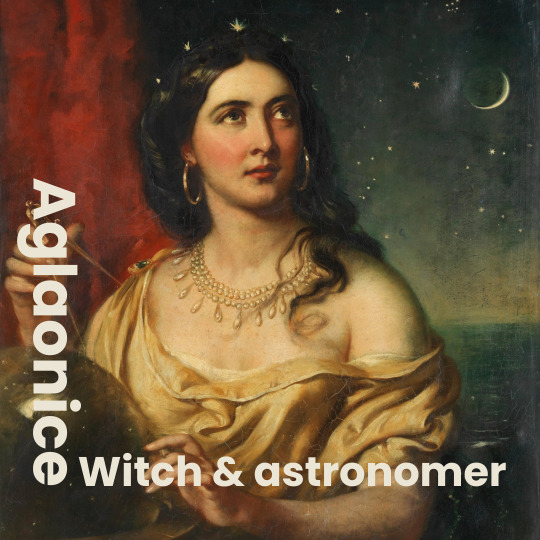
During the second or first century BCE, a woman pretended to be able to control the moon. This was Aglaonice, who is regarded by some as the first known female astronomer.
She’s mentioned in the writings of Plutarch and the scholia to Apollonius of Rhodes and lived in Thessaly, Greece. Being “skilled in astronomy”, Aglaonice used her knowledge to predict eclipses and make people believe she caused the moon to disappear.
According to Plutarch:
“Thoroughly acquainted with the periods of the full moon and when it is subject to eclipse, and, knowing beforehand the time when the moon was due to be overtaken by the earth’s shadow, imposed upon the women, and made all believe she was drawing the moon down.”
The scholia adds that Aglaonice lost a close relation as a punishment for having angered the moon goddess.
Interestingly, Thessaly is associated with women skilled in astronomy and occult practices. Several female astrologers from the third to first centuries BCE were for instance known as “The Witches of Thessaly”. These women were said to study the movements of the moon and trick people into believing that they caused lunar eclipses.
In Plato's Gorgias, Socrates mentions the "Thessalian enchantresses who, as they say, bring down the moon from heaven at the risk of their own destruction."
Today, a crater on Venus bears Aglaonice’s name.
Feel free to check out my Ko-Fi if you like what I do! Your support would be greatly appreciated.
Further reading:
Bicknell Peter, "The witch Aglaonice and dark lunar eclipses in the second and first centuries BC."
Chrystal Paul, Women in Ancient Greece
Plutarch, On the failure of oracles
Plutarch, Conjugalia Praecepta
Reser Anna, McNeil Leila, Forces of Nature: the women who changed science
#aglaonice#history#women in history#women's history#women in science#herstory#greece#ancient greece#antiquity#scientists#astronomy#historyedits#1st century BCE#ancient world#historical figures
104 notes
·
View notes
Text

#coquette#dollette#pretty#girlblogger#vintage#1950s#angelcore#retro fashion#vintageshopping#little women#ice skating#ice skates#antique#shabby chic
1K notes
·
View notes
Text

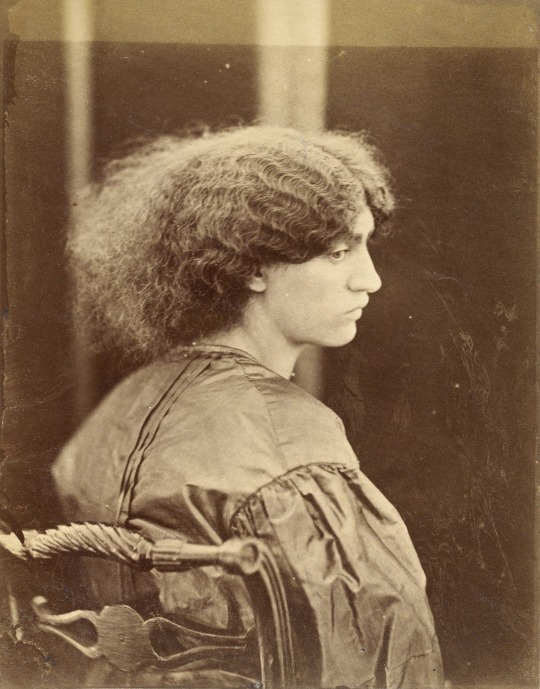
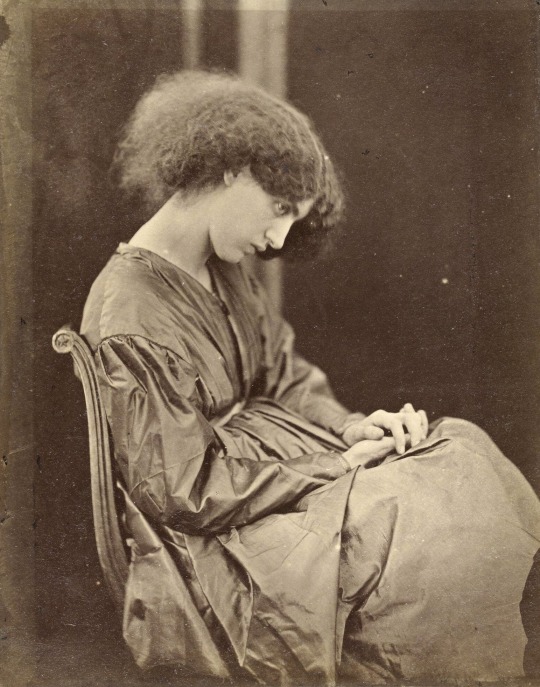
"Jane Morris, posed by [Dante Gabriel] Rossetti"
Photographed by John R. Parsons, 1865, London.
#jane morris#1860s#old photos#women#*#dante gabriel rossetti#london#19th century#victorian#pre raphaelite#pre raphaelism#art#antique#victorian era#nineteenth century#victorian photography#19th century photography#history#photography#early photography#old photography#vintage#london england
130 notes
·
View notes
Text

Sarah Stilwell-Weber (American illustrator, 1878-1939) • Harmony in the Light of the Moon, Illustration for The Pine Lady by Richard Le Gallienne • Harper's Monthly Magazine • 1903
#illustration#art#illustrator#artwork#antique illustration#sarah stilwell-weber#american illustrator#woman artist#painted illustration#oil on canvas#women in artworks#sassafras and moonshine#painting#book illustration#illustration art
95 notes
·
View notes
Text


Last but not least, here is Beth March. She is an American Girl CYO, purchased gently used on eBay. She looks exactly as I have always pictured Beth, who has always been my favorite of the March sisters. She is wearing a dress by Etsy seller Threads of Silk and is pictured alongside Josefina’s English square piano. Her kitten is from Kirsten’s collection, and her china head doll was purchased on eBay
58 notes
·
View notes
Text







i shut my eyes and all the world drops dead,
i lift my eyes and all is born again
#2000s nostalgia#film stills#old school#early 2000s#nostalgiacore#childhood memories#2007#nostalgic#retro magazine#vintage visual#visual archive#vintage antique#black women#black model#brown moodboard#antique shop#90s film#1970s fashion#1980s nostalgia#black women fashion#black girl chic#black girl beauty#black girl aesthetic#african beauty#black beauty#swancore#old films aesthetic#girlblogging#coquette#hyper feminine
34 notes
·
View notes